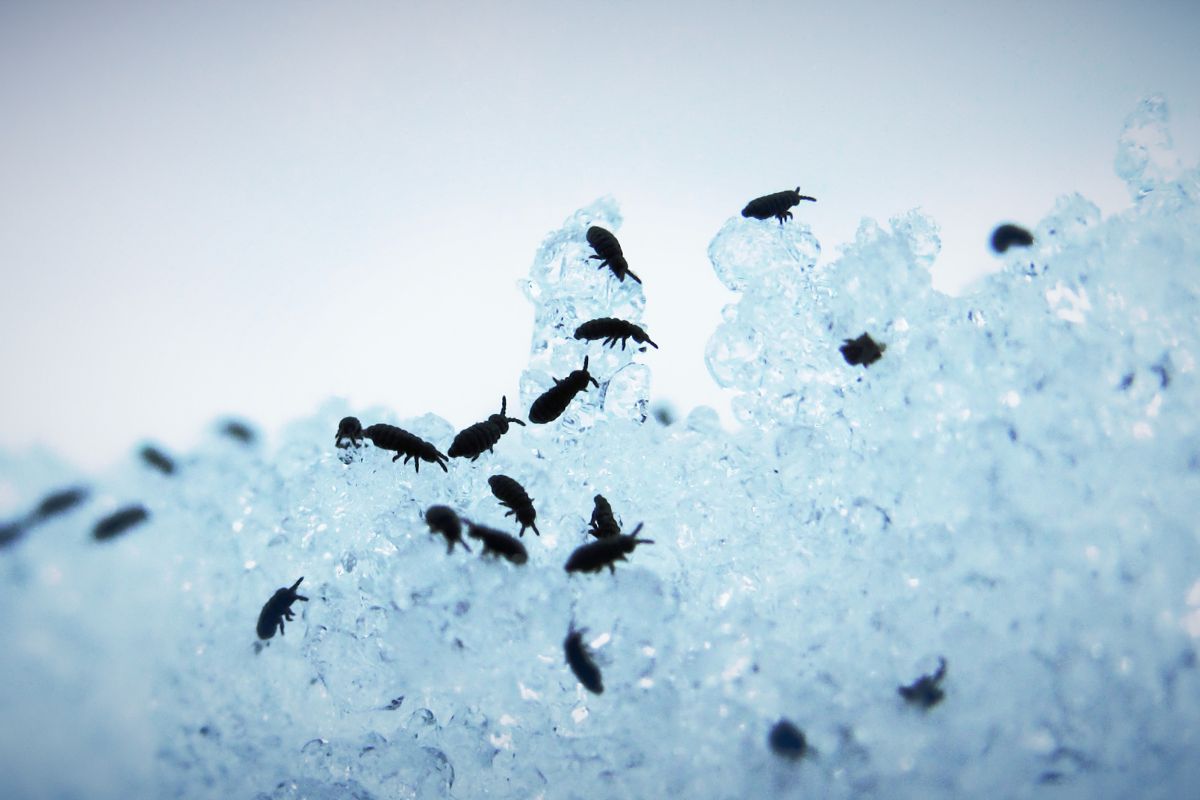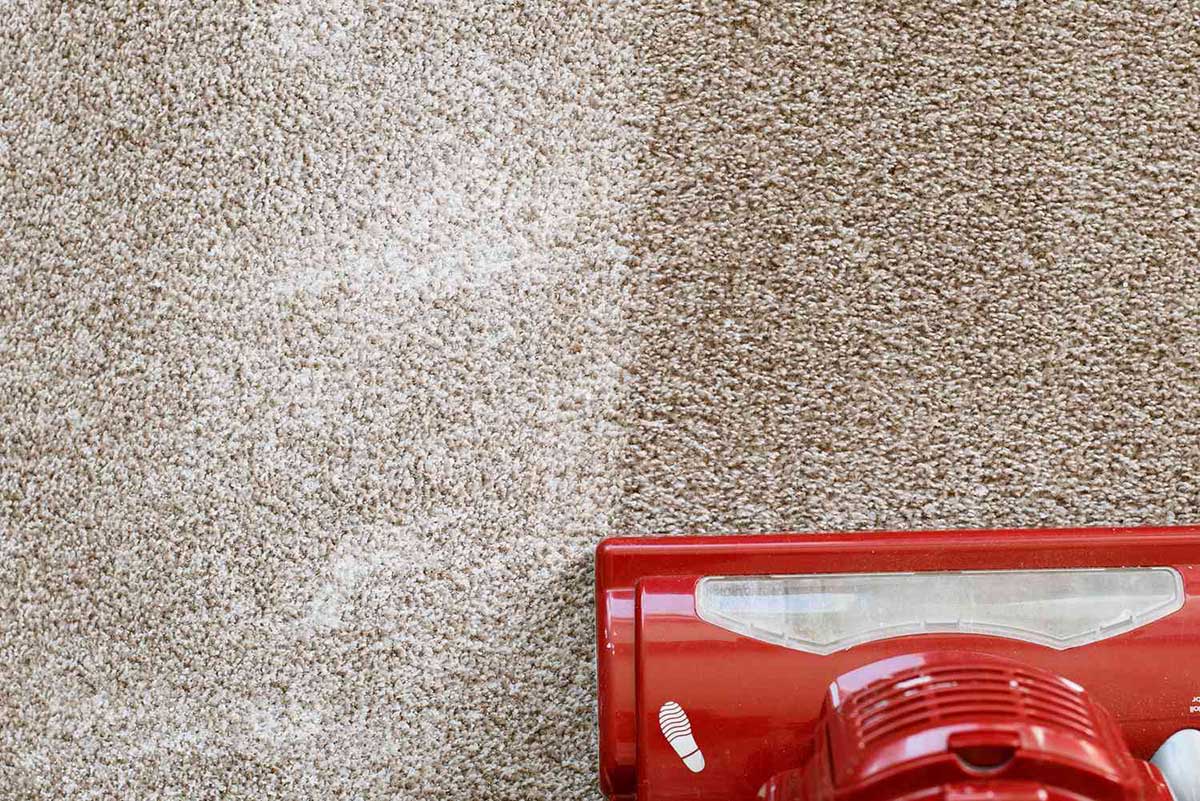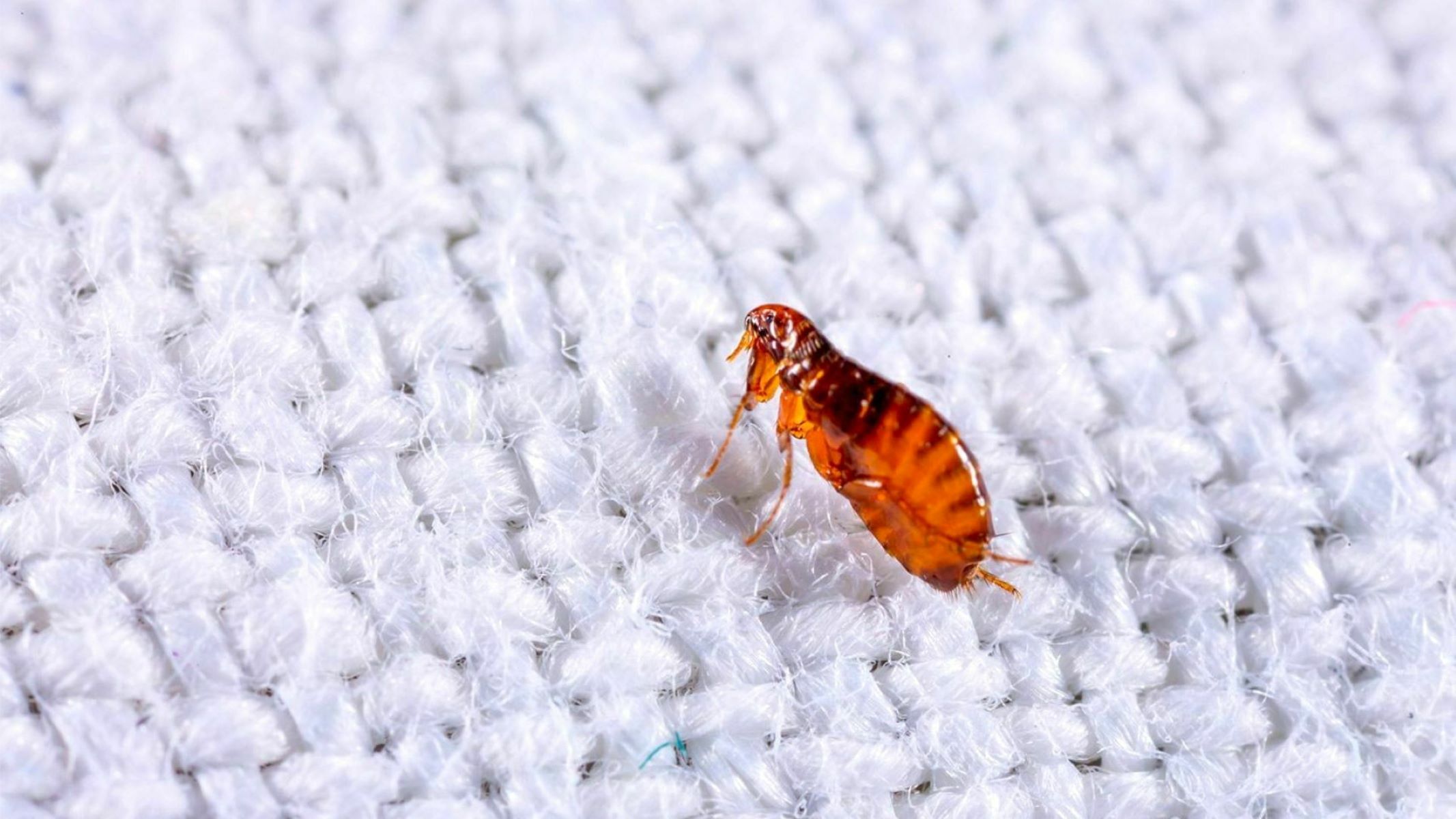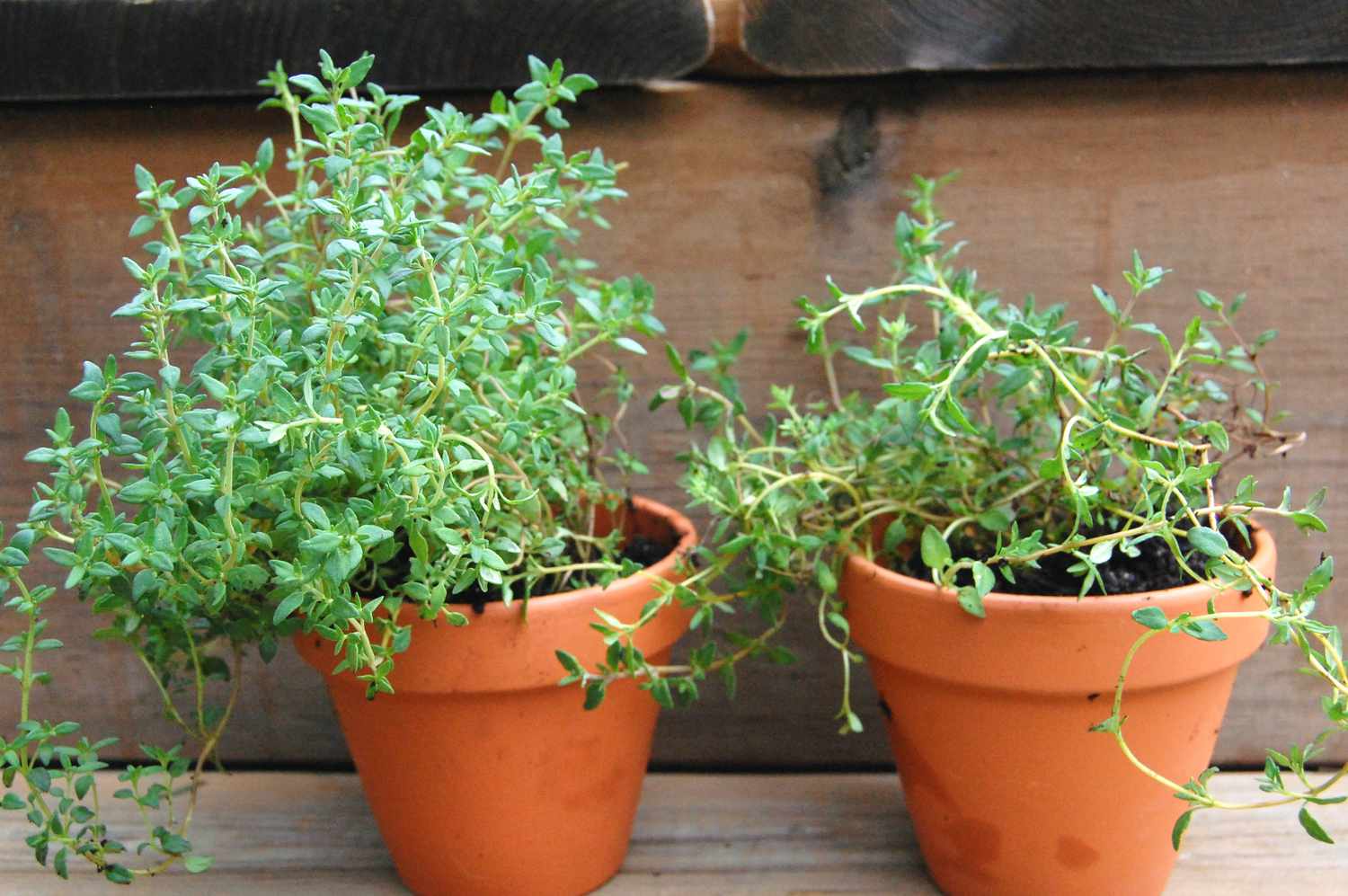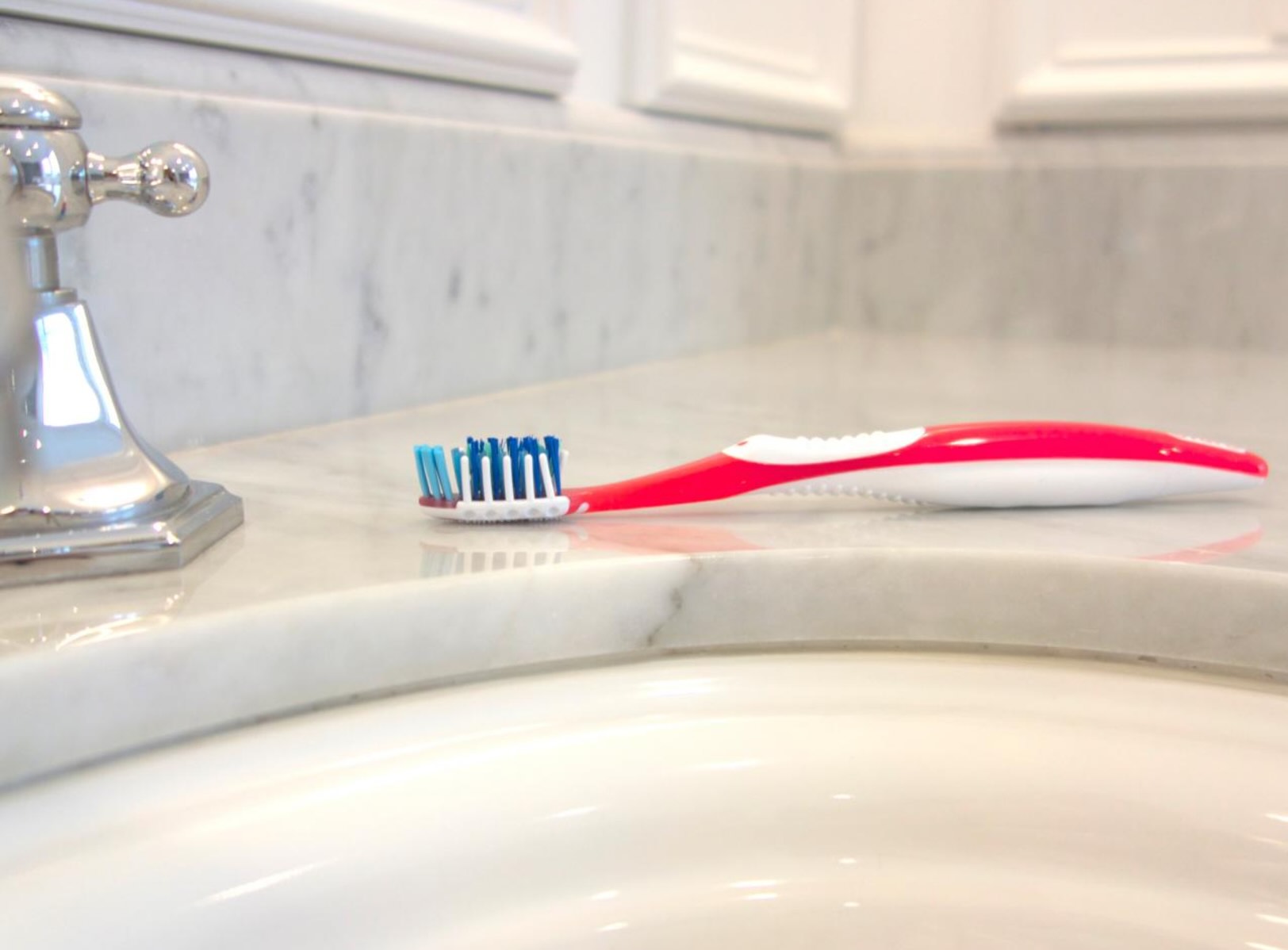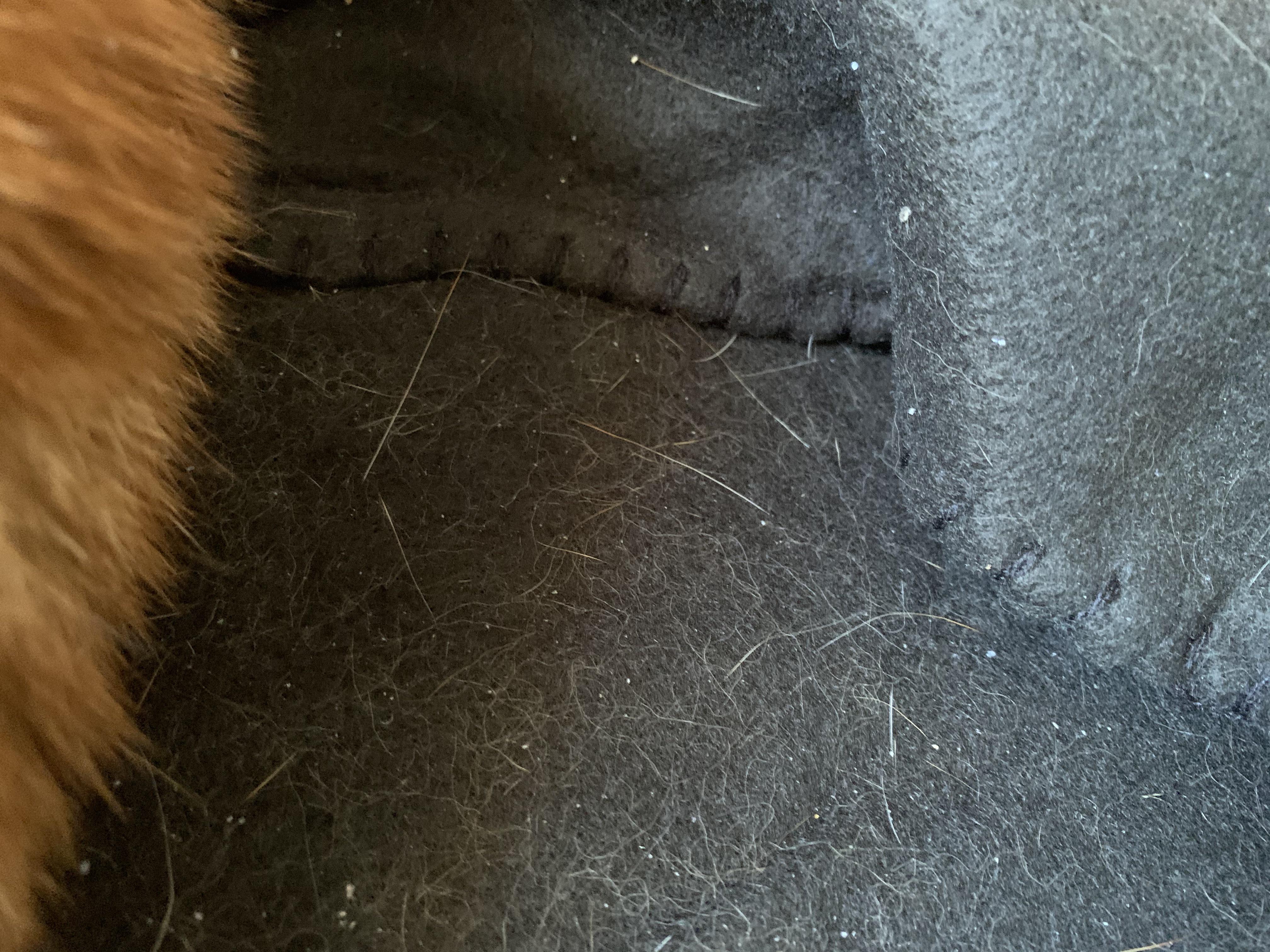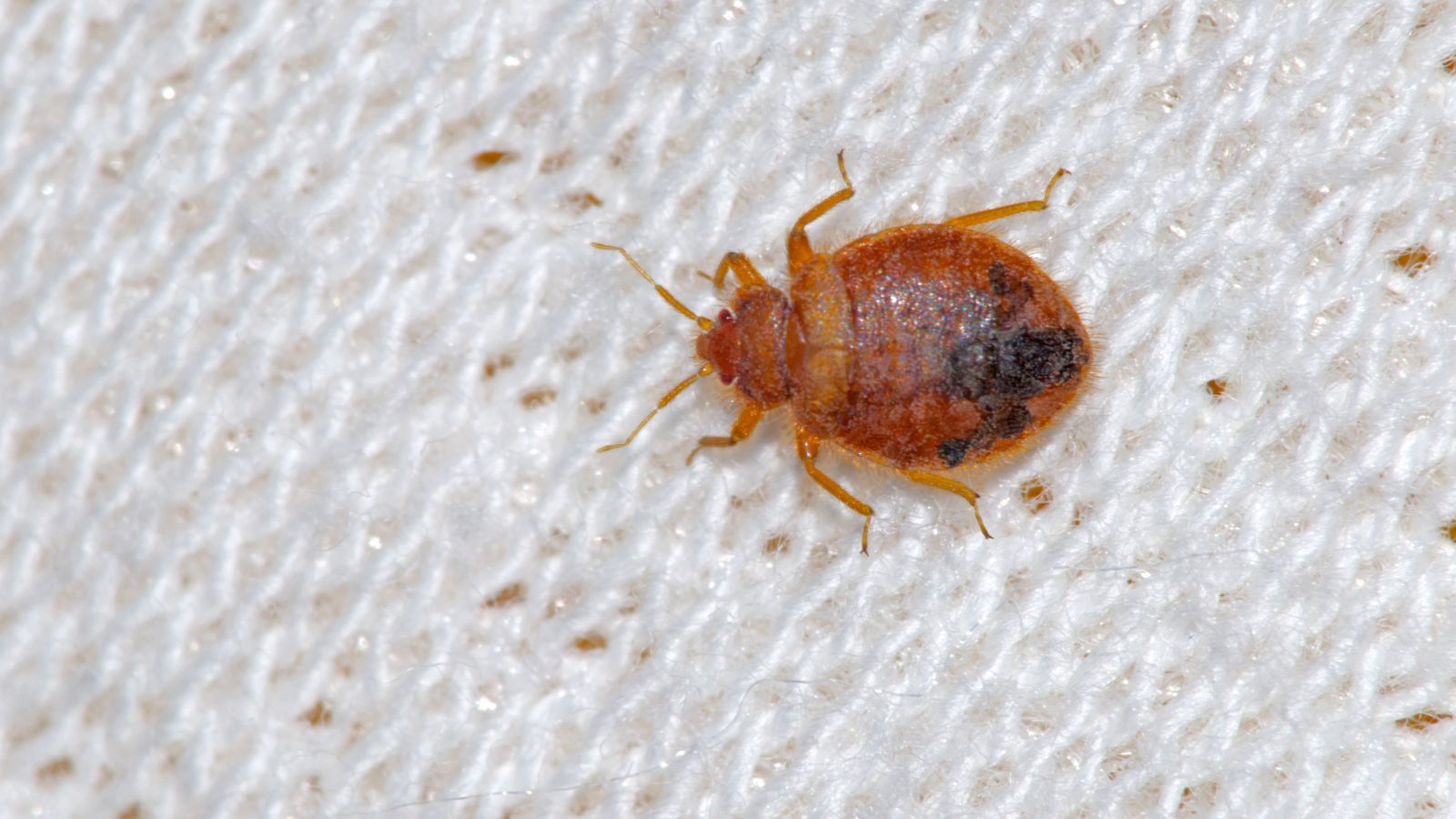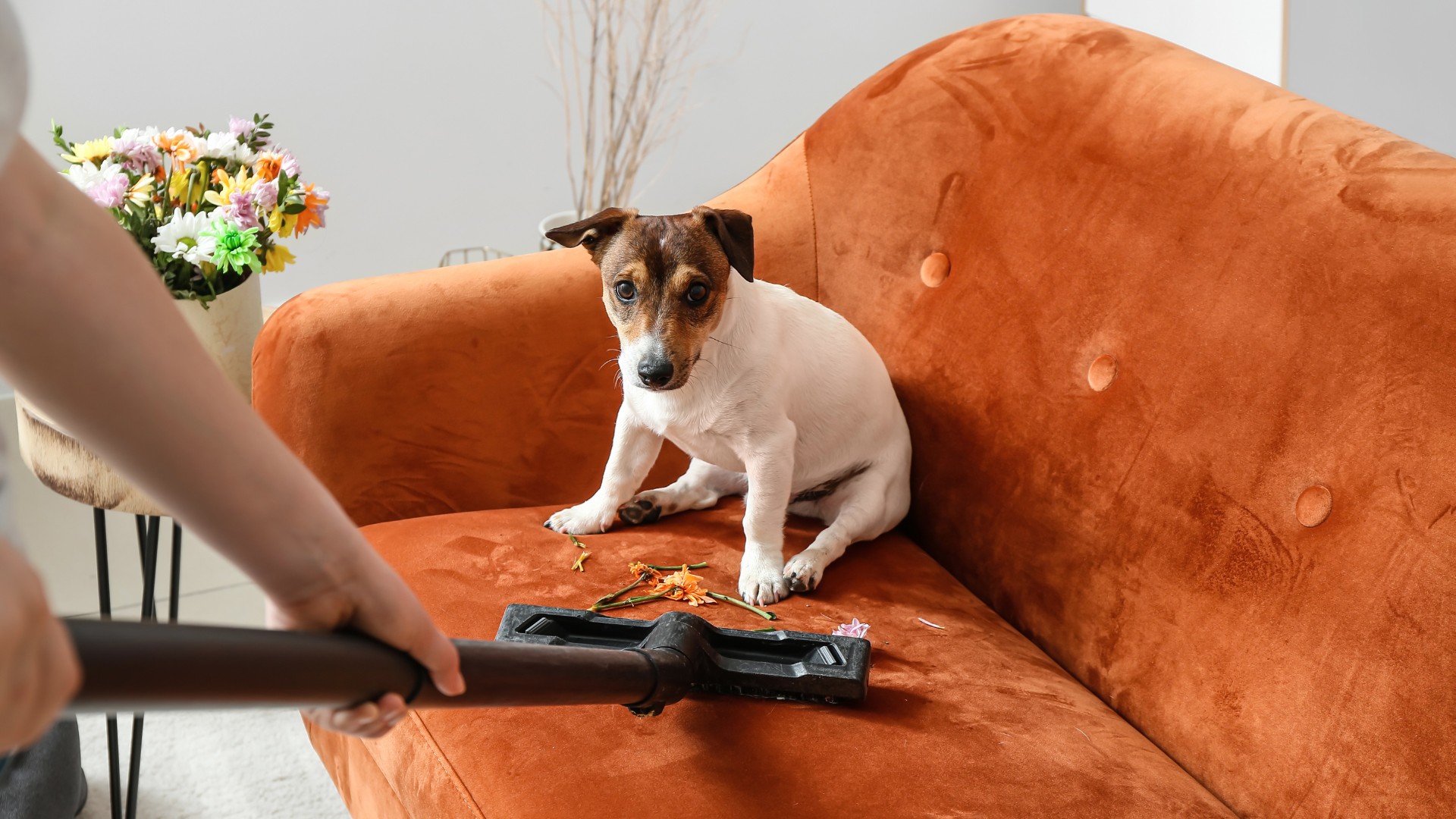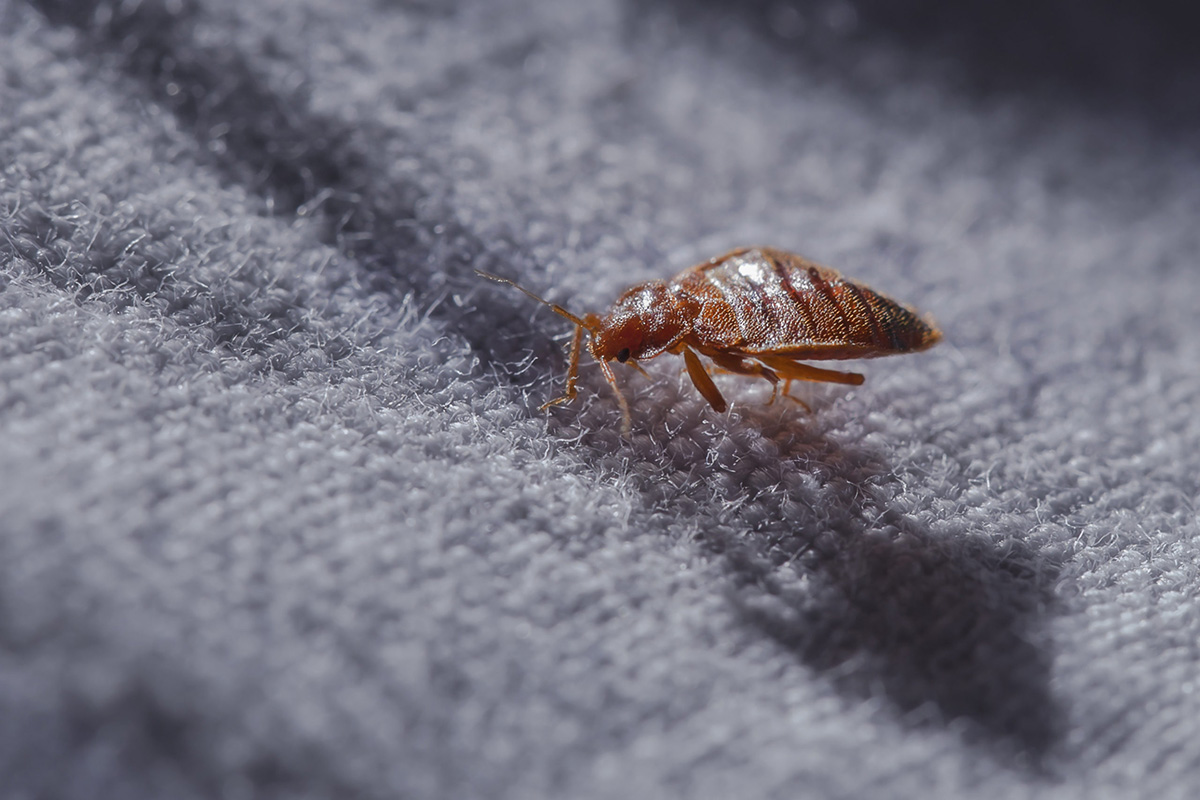

Articles
How Long Do Fleas Live On Carpet
Modified: May 6, 2024
Discover how long fleas can survive on carpets and what you need to know about tackling this common pest problem. Read informative articles on fleas and carpet maintenance.
(Many of the links in this article redirect to a specific reviewed product. Your purchase of these products through affiliate links helps to generate commission for Storables.com, at no extra cost. Learn more)
Introduction
Welcome to our comprehensive guide on how long fleas live on carpets. If you’re dealing with a flea infestation in your home, you’re probably wondering how long these pesky parasites can survive in your carpets. Fleas are tiny, blood-sucking insects that can cause discomfort and irritation to both humans and pets.
In this article, we’ll delve into the fascinating world of fleas and explore their life cycle. We’ll also discuss the factors that can affect the lifespan of fleas on carpets. Furthermore, we’ll provide tips on preventing flea infestations in your home. By the end of this article, you’ll have a better understanding of how long you can expect fleas to survive on your carpets and how to keep them at bay.
Key Takeaways:
- Fleas can survive on carpets due to their life cycle stages, including eggs, larvae, pupae, and adults. Understanding these stages and implementing preventive measures is crucial for effective flea control.
- Factors such as temperature, humidity, cleaning practices, and treatment methods can influence the lifespan of fleas on carpets. Regular vacuuming, washing pet bedding, and using specific carpet treatments are essential for preventing infestations.
Read more: How Long Do Fleas Live In Grass
Understanding Fleas
Before we dive into how long fleas can live on carpets, it’s important to understand more about these tiny creatures. Fleas are small wingless insects that belong to the order Siphonaptera. They are parasitic in nature, which means they feed on the blood of their hosts, usually mammals like dogs, cats, and humans.
Fleas have a flattened body shape, which allows them to move easily through the fur or hair of their hosts. They have powerful hind legs that enable them to jump impressive distances, making it easier for them to move between hosts or around different areas of your home.
One of the key characteristics of fleas is their ability to reproduce rapidly. Female fleas can lay hundreds of eggs in their lifetime, often within the host’s fur or in the surrounding environment. These eggs are small, white, and typically fall off the host onto surfaces such as carpets, bedding, and upholstery.
Once the eggs hatch, they enter the larval stage, where they feed on organic debris found in the environment, such as flea feces or dead skin cells. The larvae then spin a cocoon, entering the pupal stage, where they undergo further development. Finally, fully formed adult fleas emerge from the cocoon, ready to seek out a host and continue the cycle.
Now that we have a basic understanding of the life cycle of fleas, let’s explore how this relates to their lifespan on carpets.
Flea Life Cycle
The life cycle of a flea consists of four stages: egg, larva, pupa, and adult. Understanding the different stages is crucial in comprehending how fleas can survive and thrive in your home, particularly in carpets.
1. Eggs: Female fleas lay eggs on their host, but these eggs eventually fall off onto the surrounding environment. Flea eggs are tiny and difficult to spot, usually about the size of a grain of sand. They can remain dormant for weeks or even months until the conditions are favorable for hatching.
2. Larvae: Once the eggs hatch, the larvae emerge. They are tiny, worm-like creatures that are usually white or cream in color. Flea larvae feed on organic material found in their environment, such as flea feces, skin cells, and other debris. They avoid light and tend to live in dark, hidden areas like carpets, upholstery, and pet bedding.
3. Pupa: When the larvae are ready to enter the pupal stage, they spin a silk-like cocoon to protect themselves. The cocoon is sticky and may accumulate debris from the environment, making it well-camouflaged. The pupal stage can last anywhere from a few days to several weeks, depending on environmental conditions.
4. Adult Fleas: Once the fleas have completed the pupal stage, they emerge as adults. Adult fleas are capable of jumping onto a host, usually a pet or human, to feed on blood. This completes the life cycle, and the whole process starts again when the female flea lays eggs on the host.
It’s important to note that the length of each stage in the flea life cycle can vary depending on factors such as temperature, humidity, and the availability of food. These factors also play a role in determining how long fleas can survive on carpets.
Fleas on Carpet
Carpets provide an ideal environment for fleas to thrive. They offer warmth, protection, and an endless source of food in the form of organic debris. Fleas can easily infest your carpets if there are pets in the house or if you’ve had a flea-infested area come into contact with the carpet.
When fleas are present in your home, they will often drop eggs onto the carpet, bedding, or furniture. As the eggs hatch, the larvae will burrow into the carpet fibers, seeking out dark and hidden areas. Larvae will feed on organic material found in the carpet, such as flea feces, dead skin cells, and other debris.
As the larvae mature, they will spin cocoons in the carpet fibers or in cracks and crevices nearby. The cocoons are sticky and can be firmly attached to the fibers, making them difficult to remove. Inside the cocoon, the pupa will develop into adult fleas.
One common misconception is that fleas spend their entire life cycle on the carpet. However, adult fleas spend a minimal amount of time on the carpet itself. They primarily use the carpet as a resting and breeding ground, while they jump onto a host to feed.
Nonetheless, it’s important to acknowledge that fleas on the carpet can continue to lay eggs, perpetuating the infestation. Therefore, it’s crucial to address the issue promptly and take proactive measures to eliminate fleas from your carpets.
Vacuum your carpet regularly to remove flea eggs, larvae, and adults. Use a vacuum with a strong suction and dispose of the vacuum bag immediately after use.
Factors Affecting Flea Lifespan on Carpet
Several factors can influence the lifespan of fleas on carpets. Understanding these factors can help you better manage and control a flea infestation in your home.
1. Temperature and Humidity: Fleas thrive in warm and humid environments. High temperatures and humidity levels can accelerate the development of flea eggs, larvae, and pupae. In such conditions, the flea life cycle may be shorter, allowing them to reproduce more rapidly. Conversely, colder temperatures and low humidity can slow down their development and extend their lifespan.
2. Presence of Hosts: Fleas require blood meals to survive and reproduce. If there are no hosts available, such as pets or humans, adult fleas may struggle to find sustenance. As a result, their lifespan may be shortened. However, flea larvae and pupae can still survive in the carpet and other areas until a host becomes available.
3. Regular Vacuuming: Vacuuming is an effective method for removing fleas and their eggs from carpets. Regular vacuuming can disrupt the flea life cycle by removing eggs, larvae, and pupae, as well as adult fleas. By reducing the number of fleas in the carpet, you can potentially limit their lifespan and prevent further infestations.
4. Treatment Methods: The type of treatment used to eradicate fleas from your carpets can also impact their lifespan. There are various flea control products available, including sprays, powders, and foggers. These treatments can kill fleas at different stages of their life cycle. Some products target adult fleas, while others target eggs, larvae, or pupae. By using effective and appropriate treatments, you can eliminate fleas and reduce their lifespan on your carpets.
5. Cleaning Practices: Maintaining cleanliness in your home can have an impact on flea lifespan. Regularly washing and cleaning your carpets, bedding, and upholstery can help remove flea eggs, larvae, and pupae. Additionally, keeping your pets clean and using flea prevention products on them can minimize the likelihood of flea infestations on carpets.
By considering these factors and implementing appropriate measures, you can significantly reduce the lifespan of fleas on your carpets and prevent future infestations.
Read more: How Long Do Germs Live On A Carpet
Duration of Fleas on Carpet
The duration of fleas on carpets can vary depending on various factors, including environmental conditions, cleaning practices, and treatment methods. While adult fleas spend most of their time on a host, they can still lay eggs on carpets, leading to a continuous infestation.
Typically, flea eggs can take anywhere from two days to two weeks to hatch. Once the eggs hatch, the larvae emerge and start feeding on organic debris in the carpet. The larval stage can last for around five to 14 days, depending on the availability of food and the temperature and humidity levels. The larvae then enter the pupal stage, which can last for another five to 14 days or even longer.
During the pupal stage, fleas are in their cocoon and undergoing metamorphosis to become adult fleas. The pupae are well-protected and can remain dormant for several weeks or even months in the carpets. The length of the pupal stage depends on various factors such as temperature and humidity. Once the adult fleas have fully developed, they emerge from the cocoons and start seeking out a host for a blood meal.
It’s important to note that while the adult fleas spend a minimal amount of time on the carpet itself, the larvae and pupae can remain hidden in the carpet fibers for an extended period. This is why it’s crucial to address flea infestations promptly and thoroughly to eliminate all stages of the flea life cycle, including eggs, larvae, pupae, and adults.
To effectively control flea infestations on carpets, it’s recommended to implement a comprehensive approach. Regular vacuuming is crucial, as it helps remove adult fleas, eggs, and larvae from the carpets. You can also use flea control products specifically designed for carpets, such as sprays or powders, to target both adult fleas and developing stages in the carpet fibers.
Additionally, treating your pets with appropriate flea prevention products is essential, as they can bring fleas into your home and transfer them to the carpets. By combining regular cleaning practices, proper flea prevention for pets, and targeted carpet treatments, you can effectively reduce the duration of fleas on your carpets and prevent future infestations.
Preventing Flea Infestations in Carpets
Prevention is key when it comes to keeping fleas away from your carpets. By implementing a few simple and effective strategies, you can significantly reduce the risk of flea infestations in your home. Here are some preventive measures to consider:
1. Regular Vacuuming: Vacuum your carpets and rugs frequently to remove any fleas, eggs, or larvae that may be present. Pay special attention to areas where your pets spend a lot of time. Use a vacuum with a high-efficiency particulate air (HEPA) filter, as it can capture even the smallest flea eggs and larvae.
2. Wash Pet Bedding: Wash your pet’s bedding in hot water regularly to kill any fleas or eggs that may be hiding in the fabric. Make sure to follow the manufacturer’s instructions for washing and drying to ensure effective flea elimination.
3. Treat Your Pets: Use veterinarian-recommended flea control products on your pets to prevent them from bringing fleas into your home. There are various options available, including topical treatments, oral medications, and flea collars. Consult with your vet to determine the most suitable option for your pets.
4. Outdoor Prevention: Create a barrier to keep fleas away from your home by keeping your outdoor areas clean and well-maintained. Trim your lawn regularly and remove any debris or piles of leaves that can harbor fleas. Consider using flea control products in your yard to further minimize the risk of infestation.
5. Use Carpet Treatments: Apply flea control products designed specifically for carpets, such as sprays or powders. These products can eliminate fleas in various stages of their life cycle, reducing the likelihood of infestation. Follow the instructions provided by the manufacturer for safe and effective use.
6. Professional Pest Control: If you have a severe or persistent flea infestation, it may be necessary to seek the assistance of professional pest control services. They have the expertise and tools to effectively eliminate fleas from your home, including the carpets.
7. Maintain a Clean Home: Regularly clean and vacuum your entire home, not just the carpets. Pay attention to areas where fleas may hide, such as upholstered furniture, curtains, and pet bedding. Dispose of the vacuum bag or empty the canister promptly after each use to prevent fleas from re-infesting your home.
By adopting these preventive measures, you can create an environment that is less conducive to fleas and reduce the risk of infestation in your carpets. Regular maintenance and vigilance are key to keeping your home flea-free and ensuring the well-being of your beloved pets and family members.
Conclusion
Fleas can be a nuisance, especially when they infest your carpets. Understanding the life cycle and behaviors of fleas is crucial in managing and preventing infestations in your home. While adult fleas spend most of their time on a host, they can lay eggs on carpets, leading to an ongoing cycle of infestation.
Factors such as temperature, humidity, cleaning practices, and treatment methods can influence the lifespan of fleas on carpets. It’s important to address flea infestations promptly and thoroughly, targeting all stages of the flea life cycle, including eggs, larvae, pupae, and adults.
Prevention is key in keeping fleas away from your carpets. Regular vacuuming, washing pet bedding, treating your pets with flea control products, and maintaining a clean home can help reduce the risk of infestation. Additionally, using specific carpet treatments and taking outdoor prevention measures can further minimize the likelihood of fleas in your home.
Remember, if you’re facing a severe or persistent flea problem, seeking professional pest control services may be necessary to effectively eliminate the infestation and prevent future occurrences.
By implementing these preventive measures and staying vigilant, you can create a flea-free environment for both your pets and family members. By understanding how long fleas can survive on your carpets and taking proactive steps, you can keep your home clean, comfortable, and free from these bothersome pests.
With proper care and attention, you can ensure the well-being of your pets and maintain a pest-free living space for everyone to enjoy.
Now that you've got the lowdown on how long fleas can hang out on carpets, why not give your carpets a fresh start? Dive into our guide on effective carpet cleaning solutions, perfect for keeping your home spotless and inviting. And while you're at it, don't forget to check out our latest strategies for home pest control, ensuring your living space remains comfortable and pest-free. These insights are just what you need to maintain a pristine and healthy home environment.
Frequently Asked Questions about How Long Do Fleas Live On Carpet
Was this page helpful?
At Storables.com, we guarantee accurate and reliable information. Our content, validated by Expert Board Contributors, is crafted following stringent Editorial Policies. We're committed to providing you with well-researched, expert-backed insights for all your informational needs.
